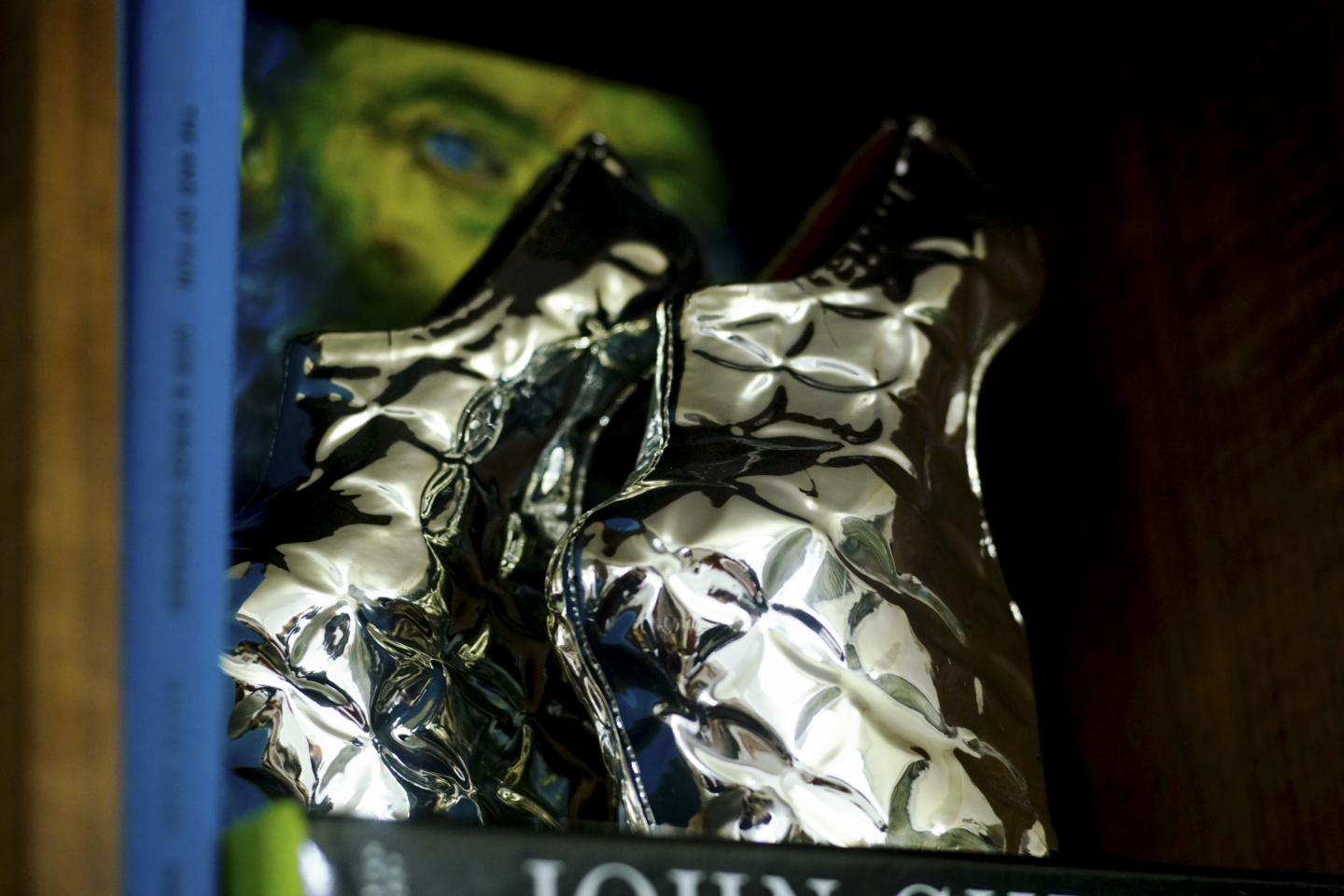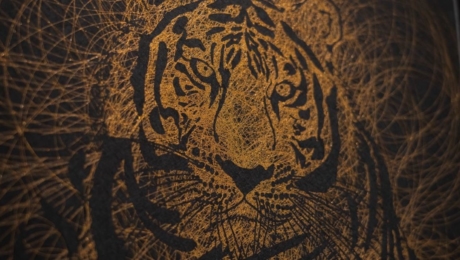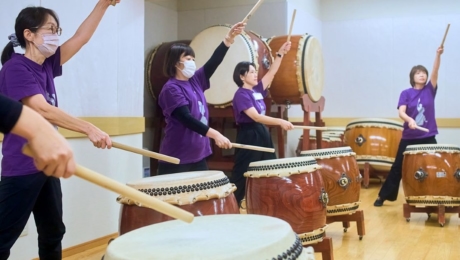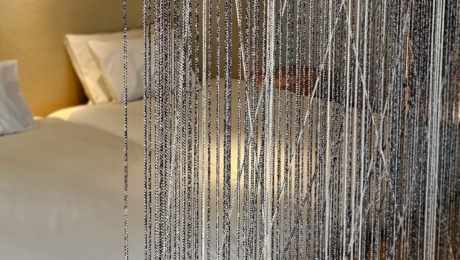
Noritaka Tatehana reflects about art, what is the concept of “Past and Future” for the Edo Tokyo Rethink Exhibition? (Part1/2)
2020.02.17
LIFENoritaka Tatehana is a contemporary artist who has redefined traditional Japanese culture in the modern era, for example by inventing "Heelless Shoes" inspired by the clogs worn by Japanese prostitutes and presented from a new angle and vision of the world. Before the setting up of the "Edo Tokyo Rethink Exhibition", he shares his thoughts on the exhibition and the secrets of the creativity of traditional Japanese culture, which displayed his avant-garde talent.
Craftwork that has survived through the ages can be sublimated into art.
In today’s industry, the importance of a high degree of functionality is emphasized, everything is mechanized and efficiency is required. On the other hand, in Japan, the “traditional industry”, which has inherited traditional manufacturing handed down from generation to generation, has spread throughout the country. When we think of traditional industries and crafts, what image do we have today, when -in our epoch- everything is too easy? Of course, there are those who know their value and appreciate it, but many people think that handicrafts are difficult to use in the everyday life and are too expensive, so they tend to avoid it, deeming it too “conservative because of the traditional industry”. Many traders and craftsmen are still involved in this industry and continue to trade in it, but these are dying out for various reasons, such as lack of materials, succession problems and fluctuating consumer needs.

Tatehana’s work “Heelless Shoes” displayed in his workshop. The clogs worn by a prostitute are becoming an art work.
How to bring craft culture into present time and world
Tatehana talks about traditional industries and crafts in today’s Japan. “I believe that Japanese art is based on “tools” that have a real use, that are practical in the everyday life. In other words, tools that have a function have been called handicrafts, and they have been recognized as art made by “craftsmen”. However, compared with the context of global and European art, in Japan, art objects such as kimonos and furniture are considered tools rather than art when they are integrated into our environment. I believe that interpreting various aspects of the Japanese craft culture of the past and sublimating it into art can be something to be valued.
If there are no users in traditional industries and handicrafts, what has been handed down until now will be instantly terminated. Instead of forcing the use of things that are no longer relevant to our times, we will reinvent them and pass on their charm. If we can abandon the conventional concept and take advantage of traditional industries, taking into account the feelings of each individual, we will be able to solve the problems of this industry in the best possible way.
Photo by Satomi Yamauchi
Top Photo:
He was born in Tokyo in 1985. Born into a family who operates a public bath called “Kabuki Sento” in Kabukicho, he grew up in Kamakura. He studied painting and sculpture at the Tokyo University of Arts and then specialized in fabric dyeing. Along with his cultural research on Japanese prostitutes, he also produces kimonos and clogs using Yuzen dyeing, a traditional Japanese dyeing technique developed during the Edo period. In 2010, he created his own brand called “NORITAKA TATEHANA”. His creations, such as his iconic “Heelless Shoes” are permanently stored in world-renowned museums such as the Metropolitan Museum of Art in New York and the Victoria and Albert Museum in London. In recent years, in addition to participating in exhibitions in Japan and abroad, he has been actively involved in artistic projects with traditional craftsmen as an artist.





